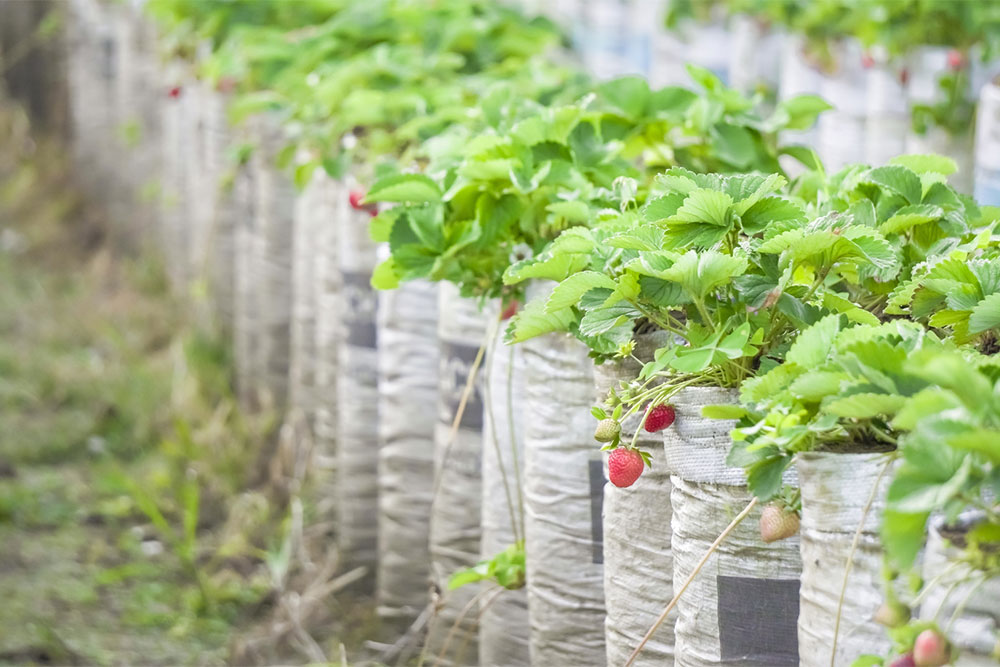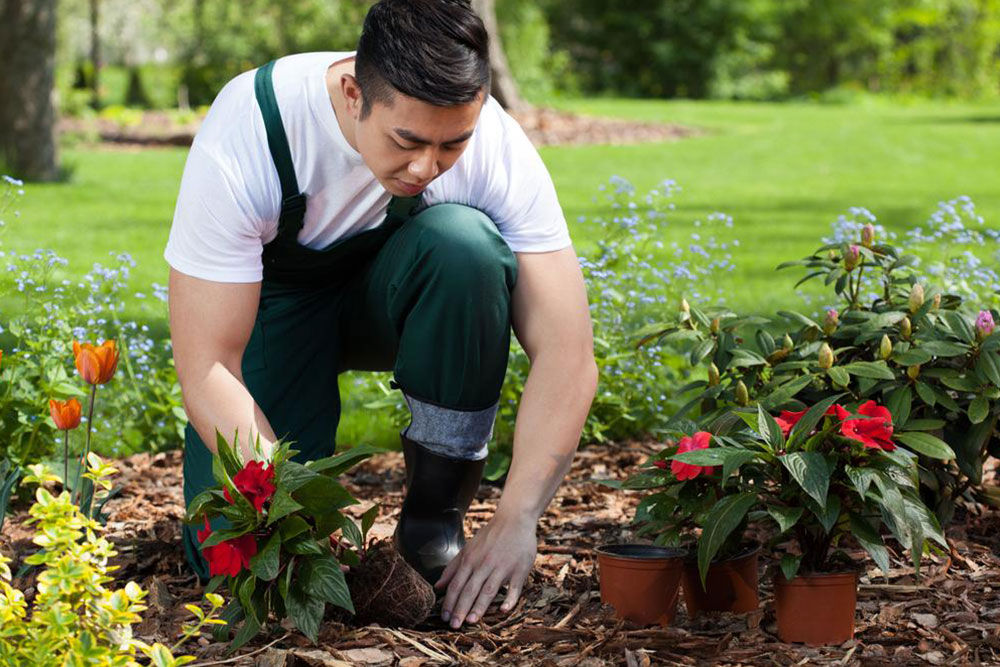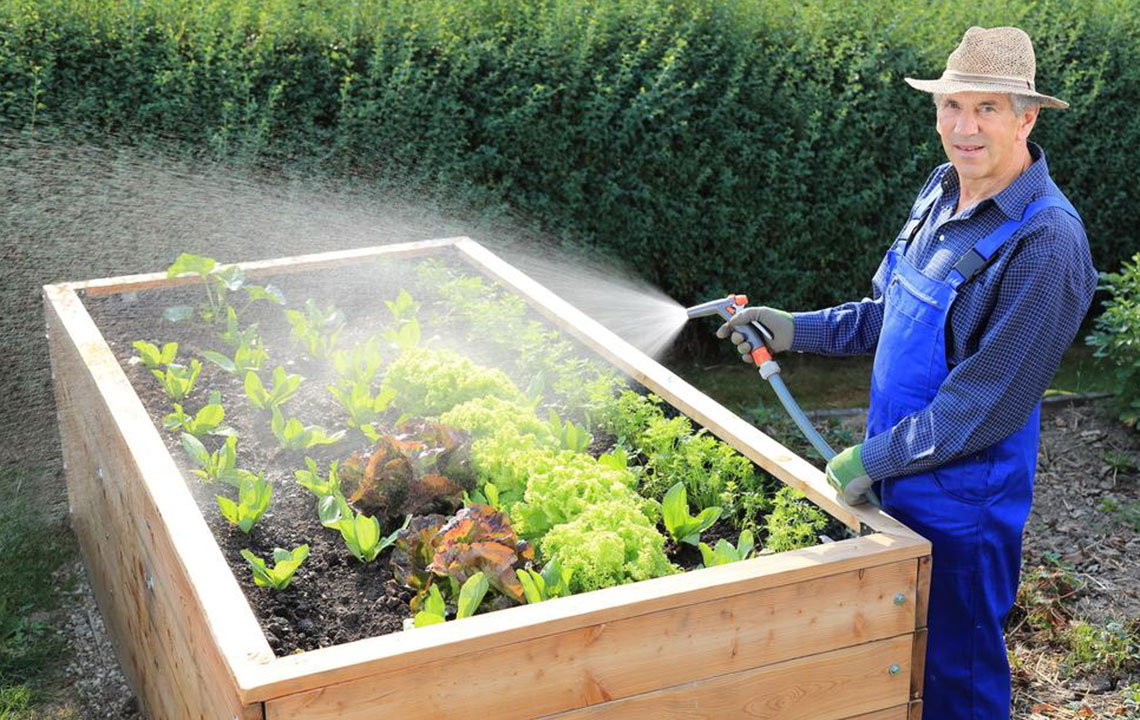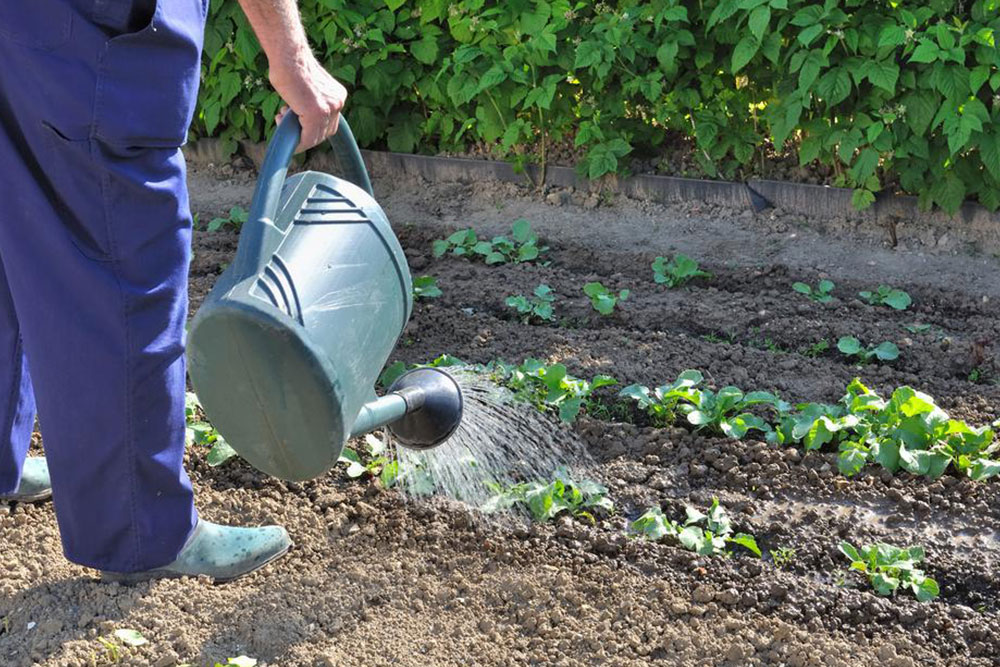Essential Guide to Fertilizing Your Strawberry Plants for Better Yield
Learn essential tips for fertilizing strawberry plants to enhance growth and maximize fruit yield. Discover the best timing, techniques, and organic homemade fertilizers to support healthy development. Find out how to choose the right fertilizers, whether commercial or homemade, for thriving strawberries and improved harvests throughout the season.

Essential Guide to Fertilizing Your Strawberry Plants for Better Yield
Many gardening enthusiasts enjoy growing strawberries to enjoy fresh fruit and enhance their landscapes. Achieving a healthy, productive strawberry patch depends heavily on proper fertilization techniques. Knowing when and how to fertilize, selecting suitable fertilizers, and utilizing effective homemade options can make all the difference in your harvest.
Timing of Fertilization
The optimal periods for fertilizing strawberries are during fall and early spring. These seasons support vigorous growth by providing essential nutrients at crucial stages.
Providing the right nutrients through fertilizers boosts plant development and fruit production. Soil temperature is also a significant factor, typically around 50°F when strawberries commence growth. Monitoring soil warmth and applying fertilizers at the right moment ensures abundant flowering and berry yield.
Fertilization Techniques
Fertilizers can be applied either as liquids or granules during peak growth. It's crucial to adhere to manufacturer instructions to prevent overfeeding, which can damage roots or hinder growth. Granular fertilizers should be evenly scattered and watered in thoroughly, with applications repeated bi-weekly or more for larger beds. Liquid fertilizers must be diluted with water and carefully sprayed around the base, avoiding the foliage. Always wash strawberries thoroughly after fertilizing to eliminate residue, ensuring safe consumption.
Choosing the correct fertilizer involves understanding the NPK ratio—nitrogen, phosphorus, and potassium. Fertilizers labeled 10-10-10 or 20-20-20 are balanced options that support healthy root growth, strong stems, and bountiful fruit. Organic alternatives are also available, providing environmentally friendly nourishment.
Homemade Organic Fertilizers
Organic options like compost tea—made from soaked organic compost using non-chlorinated water—can act as an effective fertilizer after 10-15 days of brewing. Coffee grounds, rich in nitrogen, can be added to compost or directly sprinkled around plants. Banana peel infusions soaked in water deliver calcium, potassium, and magnesium—diluted after soaking for use. Fish emulsion, derived from fish by-products, offers a nitrogen boost, especially beneficial if leaves turn yellow. Seaweed extract supplies phosphorous and aids heat tolerance during summer.
Commercial fertilizers are convenient and reliable, containing optimized NPK ratios. Always verify the label for the specific balance, with 10-10-10 being a safe standard. Organic fertilizers, free from synthetic chemicals, are also effective and eco-friendly options, providing similar results without harmful side effects.
Important Notice:
The information shared here aims to help gardeners make informed decisions. While based on research and experience, it should not replace professional advice. Always follow product instructions and consider local conditions for best results. The website is not responsible for discrepancies or issues arising from other sources.










